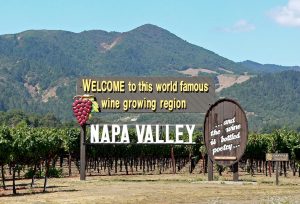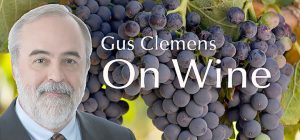Grapes remain the highest value fruit crop in the U.S.—estimated at $7 billion. There are a million acres of grape-bearing land in the U.S.—wine grapes, table grapes, and raisin grapes.
The U.S. produces some 900 million gallons of wine, 12 percent of worldwide production. There are some 11,000 wineries in the U.S. located in all 50 states. A note: numbers are imprecise because of vagaries of agricultural reporting and time frames, but are representative. The National Association of American Wineries is the general source for this column.
California dominates U.S. wine, making 85 percent of domestic wine—685 million gallons. Washington State is second with 36 million gallons. New York is third, 29 million gallons. Those three have long been dominant. The next two states are interesting.

Oregon is number four with 11 million gallons, followed by Texas with more than four million gallons. Michigan, North Carolina, Virginia, Illinois, and Pennsylvania round out the top 10, each with two-to-less than three million gallons.
Oregon has the second-most wineries in the U.S.—nudging past Washington State (depending on counting date)—but Oregon makes only one-third as much wine as its northern neighbor. Oregon production is centered in the Willamette Valley where world-class pinot noir is made. We often think of the Pacific Northwest as a temperate rain forest. True west of the Cascades, but east of the mountains is high desert—and that is where grapes are grown in both Oregon and Washington State.
Texas also grows wine surprises. Its wine industry surges, at least doubling in the past decade. It has the fourth-most wineries in the nation, approaching 400, which closes in on New York State. The economic impact in the state approaches $4 billion, a virtual tie with New York State for second place. California dominates with an economic impact of more than $70 billion.
Like Oregon and Washington, the Texas vineyard region defies stereotype. Texas grape growing centers on the High Plains of western Texas. Like Oregon-Washington, this is high, near-desert with elevations of 3,000-4,000 feet. Sandy loam soil and brisk winds discourage pests, mildew and rot. Large diurnal shifts engender ripeness in the day and acidity at night. These are classic characteristics of superior wine vineyards.
Bottom line: wine is wonderful accelerant to bonhomie and beloved accoutrement to a meal. It also is a major economic force filled with surprises.
Last round: I came home and saw my wife had been on Ebay the whole day. If she’s still there tomorrow, I will have to lower the price. Wine time.

